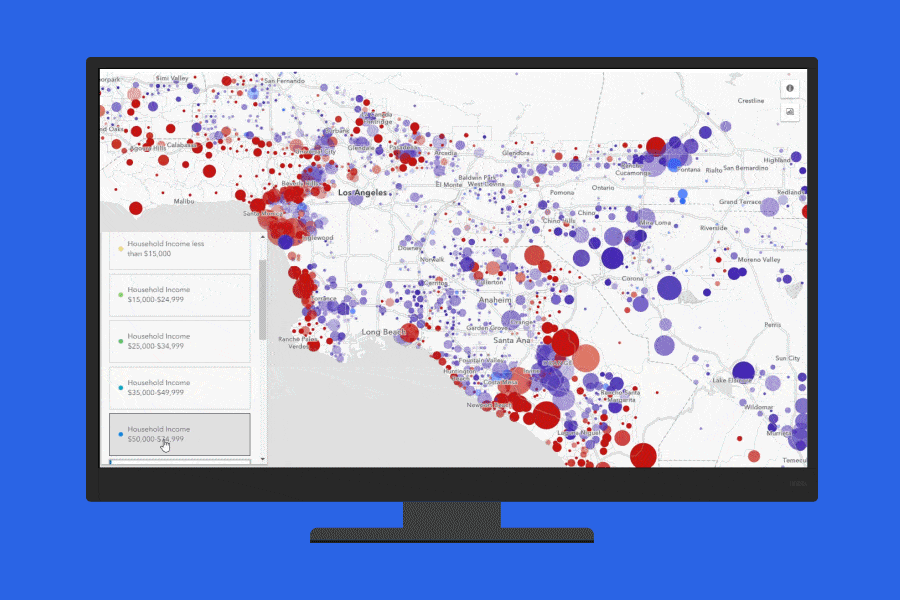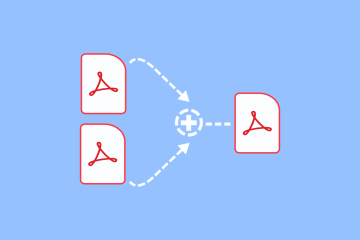Improving Decision-Making
Businesses are continually seeking ways to improve their decision-making processes. One effective tool that has garnered popularity is mapping software. This technology allows companies to visualize data geographically, identifying patterns and relationships that raw data alone may not reveal. Mapping tools provide a spatial dimension that can significantly impact a business’s ability to make informed decisions.
For instance, by employing mapping software, companies can better allocate resources, plan expansions, and understand market trends. A report from Analytics Insight highlights how geographic information systems (GIS) have transformed the decision-making landscape by presenting data in a more accessible and actionable format. This becomes particularly useful when assessing market competition, evaluating customer behavioral patterns, and planning marketing campaigns. With visual data representation, businesses can avoid guesswork and leverage solid data to inform their strategies. Moreover, integrating predictive analytics within mapping tools can forecast future trends and potential challenges, allowing businesses to address them proactively.
Geographical Analysis for Customer Insights
Understanding customer behavior and demographics is vital for any business. Mapping software offers robust tools to analyze geographical data, thus providing valuable insights into customer preferences and behavior. This analysis enables businesses to target their marketing efforts more effectively, reaching the right audience.
For example, businesses can use mapping tools to determine the geographic distribution of their customer base, making it easier to deploy location-based marketing strategies. According to a comprehensive report from Research and Markets, GIS technology is widely adopted for segmenting and understanding customer bases, helping businesses achieve a competitive edge. Geographic analysis can reveal areas with high customer density, preferences in different regions, and trends in customer movement, all essential for tailored marketing approaches and improved customer satisfaction.
For instance, a restaurant chain can analyze customer data to identify areas with high demand for specific cuisines and adjust their menu offerings or promotions accordingly. Similarly, an e-commerce company can use geographic data to optimize delivery routes, ensuring faster and more efficient customer service. By understanding where their customers are located and what they prefer, businesses can tailor their products and services to meet the needs of specific regions more effectively.
Enhancing Logistics and Operational Efficiency
Logistics and operational efficiency are critical components of successful business management. Mapping software is crucial in optimizing these elements by providing detailed geographical information to improve route planning, asset management, and transportation cost reduction.
Route Optimization
By integrating real-time data on traffic, weather conditions, and other variables, mapping tools help businesses plan the most efficient routes. This saves time and reduces fuel consumption, ultimately lowering operational costs. Companies can ensure timely deliveries and reduce the miles traveled, contributing to cost savings and environmental benefits.
For example, a logistics company can use mapping software to devise routes that minimize travel time and avoid congested areas. By doing so, they can ensure that deliveries are made on time, improving customer satisfaction and reducing the carbon footprint. Additionally, real-time updates allow businesses to adjust routes dynamically in response to unforeseen events, such as road closures or traffic accidents, ensuring minimal disruptions to their operations.
Asset Management
Mapping software allows businesses to track the location of assets in real-time. This ensures that vehicles, equipment, and personnel are utilized optimally, further contributing to operational efficiency. By providing a clear overview of asset movements and statuses, businesses can quickly identify any inefficiencies or misallocations and make timely adjustments to improve overall productivity.
For instance, a field service company can monitor the location of its technicians to ensure they are deployed effectively. If a technician runs late or needs assistance, supervisors can use real-time data to send the nearest available technician, minimizing downtime and enhancing service efficiency. This level of oversight and responsiveness is crucial for maintaining high operational standards and customer satisfaction.
Supporting Strategic Planning with Data-Driven Insights
Strategic planning is essential for businesses looking to expand or optimize operations. Mapping software offers data-driven insights invaluable for comprehensive site analysis and market evaluation. These insights enable businesses to make informed decisions about new locations, competition assessment, and resource allocation.
For instance, mapping tools can help businesses evaluate potential new markets by analyzing demographic data and identifying areas with high demand for their products or services. This informed decision-making ensures that resources are allocated efficiently and strategic goals are met effectively. By visualizing multiple data layers, businesses can assess population density, income levels, and proximity to competitors, crucial for successful market entry or expansion.
Consider a retail chain planning to open new stores. Using mapping software, they can analyze various locations to determine which ones have the highest potential for success. This includes evaluating local demographics, traffic patterns, and competitor presence. With these insights, the chain can select optimal locations likely to generate the most revenue, ensuring a higher return on investment.
Moreover, strategic planning with mapping software is wider than new market entries. Existing businesses can use these tools to optimize their current operations, such as identifying underperforming locations, reallocating resources, and fine-tuning their logistics strategies. This continuous evaluation and adaptation help businesses stay competitive and responsive to market dynamics.
Optimizing Sales Territories
Mapping software is a valuable asset for optimizing sales territories. By utilizing geographic data, businesses can create balanced sales territories that maximize coverage and resource allocation. This not only increases sales potential but also enhances team morale and productivity.
Balanced Distribution
Ensuring an equitable distribution of potential customers among sales teams is crucial for maximizing sales efficiency. Mapping tools enable businesses to delineate territories based on various factors like customer density and geographic accessibility, ensuring that no area is underserved. Properly balanced territories help avoid overburdening some sales representatives while underutilizing others, leading to a more effective and motivated sales force.
For example, a pharmaceutical company can use mapping software to divide sales territories among its representatives based on the number of healthcare providers in each area. The company can improve sales productivity and employee satisfaction by ensuring a balanced workload, ultimately driving better results.
Increased Productivity
By providing clear and well-defined territories, mapping software helps sales teams focus their efforts more effectively, increasing productivity and better performance. Sales managers can use these tools to track and analyze sales activity within each territory, identify opportunities for improvement and design targeted strategies to boost sales outcomes. Furthermore, visualizing sales data geographically facilitates easier performance reviews and more dynamic adjustments to sales plans.
Additionally, mapping software can help businesses identify high-potential areas within each territory, allowing sales representatives to prioritize their efforts accordingly. By focusing on the most promising opportunities, sales teams can maximize their impact and achieve higher sales volumes.
Streamlining Field Operations
For businesses with a mobile workforce, efficient field operations are essential. Mapping tools enable businesses to streamline these operations by offering detailed geographical information that helps plan routes, schedule, and manage field personnel.
Real-Time Data Access
Access to real-time data allows field teams to adapt quickly to changing conditions, such as traffic disruptions or weather changes. This flexibility enhances overall efficiency and ensures that field operations run smoothly. Real-time updates can be crucial for timely decision-making and responding to unforeseen challenges, significantly impacting customer satisfaction and operational effectiveness.
For instance, a utility company can use FSM software and its real-time mapping data to monitor the status of field crews and adjust assignments based on current conditions. Supervisors can quickly redirect resources if a crew encounters unexpected delays to maintain service levels and minimize disruptions.
Improved Scheduling
Mapping software aids in creating efficient schedules by considering various geographic factors. This results in better time management and optimized resource utilization, contributing to the overall success of field operations. Intelligent scheduling based on geographic data can minimize travel times and ensure that field personnel can complete more tasks within the same timeframe, resulting in higher productivity and reduced operational costs.
For example, a home service company can use mapping software to optimize technicians’ daily schedules. By analyzing geographic data, the company can minimize travel distances and ensure technicians spend more time on-site than in transit. This increases productivity and enhances customer satisfaction by reducing wait times and improving service delivery.
Stay tuned for the latest news and updates on Buzz Revolve




